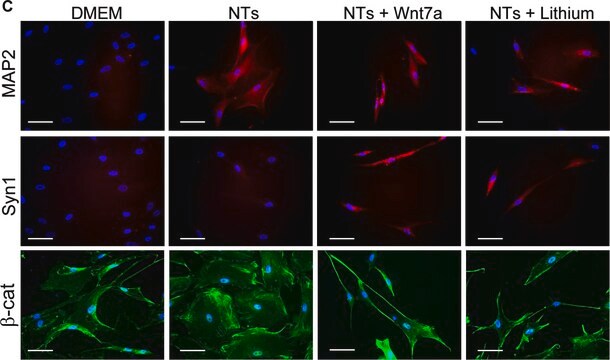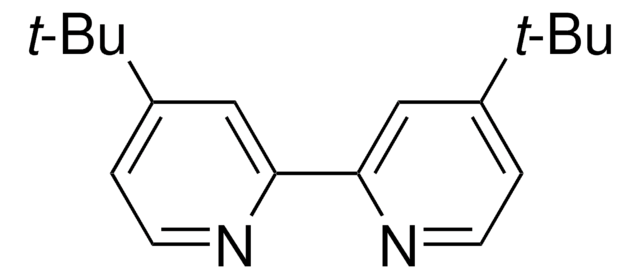S0664
Monoclonal Anti-Syntaxin antibody produced in mouse
clone HPC-1, ascites fluid
Sinónimos:
Anti-HPC-1, Anti-P35-1, Anti-STX1, Anti-SYN1A
About This Item
Productos recomendados
biological source
mouse
Quality Level
conjugate
unconjugated
antibody form
ascites fluid
antibody product type
primary antibodies
clone
HPC-1, monoclonal
mol wt
antigen 35 kDa
contains
15 mM sodium azide
species reactivity
rat, bovine, rabbit
technique(s)
immunocytochemistry: suitable using monolayer cultures of neonatal retina cells
microarray: suitable
western blot: 1:2,000 using crude preparation of synaptic vesicles from rat cerebral cortex
isotype
IgG1
UniProt accession no.
shipped in
dry ice
storage temp.
−20°C
target post-translational modification
unmodified
Gene Information
rat ... Stx1a(116470)
Categorías relacionadas
General description
Immunogen
Application
- immunoblotting
- immunohistochemistry
- immunoprecipitation from hippocampal lysate
- immunohistochemical analysis
Biochem/physiol Actions
Disclaimer
¿No encuentra el producto adecuado?
Pruebe nuestro Herramienta de selección de productos.
Storage Class
10 - Combustible liquids
wgk_germany
WGK 3
flash_point_f
Not applicable
flash_point_c
Not applicable
Elija entre una de las versiones más recientes:
Certificados de análisis (COA)
¿No ve la versión correcta?
Si necesita una versión concreta, puede buscar un certificado específico por el número de lote.
¿Ya tiene este producto?
Encuentre la documentación para los productos que ha comprado recientemente en la Biblioteca de documentos.
Nuestro equipo de científicos tiene experiencia en todas las áreas de investigación: Ciencias de la vida, Ciencia de los materiales, Síntesis química, Cromatografía, Analítica y muchas otras.
Póngase en contacto con el Servicio técnico








